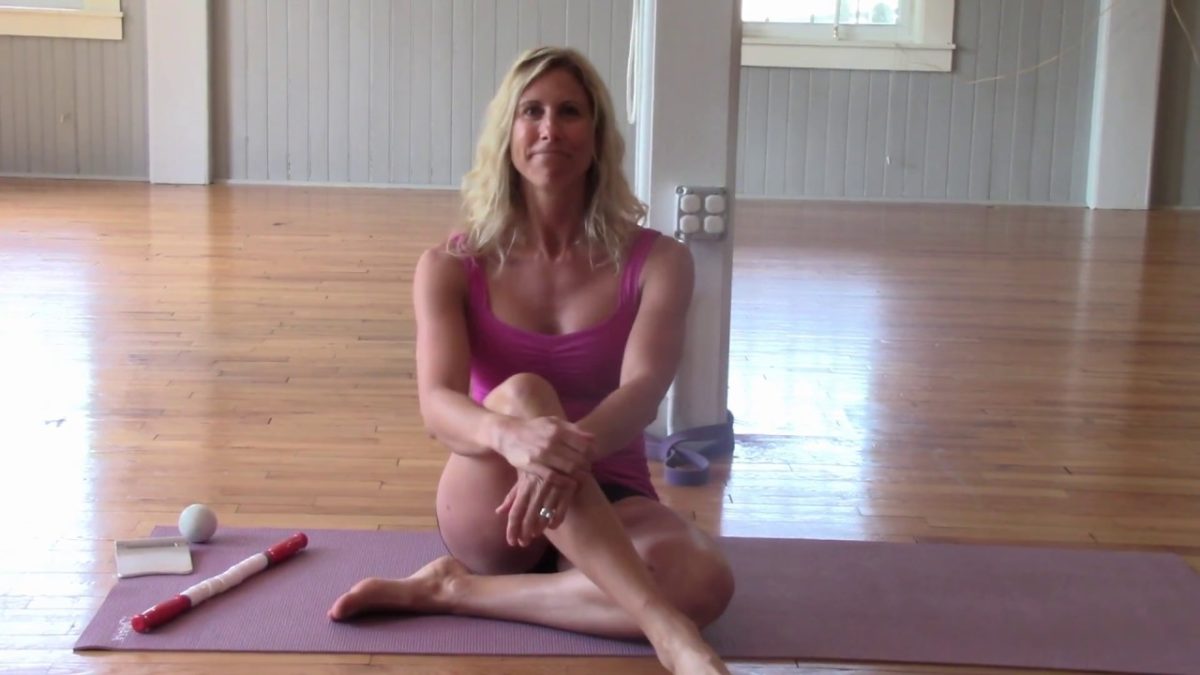The effectiveness of plantar fasciitis stretches as a procedure for helping to decrease the possibility of further injury has been a source of debate amongst professionals for many years now. So let’s debate whether it is necessary to perform plantar fasciitis stretches and, if it is necessary, how effective is it and is it better to carry out theses stretches when the muscles and ligaments are cold or warm?
Plantar Fasciitis Stretches – Cold or Warm Muscles?
Ok, so first off is it better to perform stretches with warm muscles or cold muscles?
Think of your muscle as a balloon that needs stretching before you inflate it. But for what reason would you need to stretch the balloon before you inflate it? The reason is that it makes it easier to inflate doesn’t it? This is beacause when you stretch it, you are in fact making it warmer which increases its elasticity, which in turn makes it easier to work with. This is also relevant when you stretch your muscles and ligaments. When they are cold, they are harder to work with as they are unable to perform to their true potential. In fact, it can be quite dangerous to stretch a muscle that’s cold. Your chances of injury will increase if you were to do this. Before stretching, warm up your muscles first. By doing this you will decrease the chances of injury and your muscles will be able to perform to their full potential.
Ok, so what has this got to do with Plantar Fasciitis Stretches? What a lot of plantar fasciitis sufferers tend to do is to concentrate solely (no pun intended) on the affected area when performing their plantar fasciitis stretches. What a lot of these people don’t realize is that the source of their plantar fasciitis could be somewhere other than their heel or arch. They could have some sort of biomechanical imbalance anywhere from their achilles tendon all the way up to their buttocks.
If you suffer from plantar fasciitis, ask yourself whether your calves, hamstrings, buttocks or achilles tendons are tight. If so, they could well be contributing to your condition. There are some tips for stretching your calves and hamstrings in this plantar fasciitis exercises post. Just don’t forget that your plantar fasciitis condition may well eminate from somewhere other than your foot.
Plantar Fasciitis Stretches For You to Try at Home
The following exercise is one of the easiest plantar fasciitis stretches for you to try. Don’t be fooled though by it’s simplicity as it can be extremely effective. Whilst sitting down on your chair or the side of your bed, put your injured foot on either a tin can or a tennis ball. Now, steadily roll it along the underside of your foot from the front to the back. Do this stretching exercise every morning for around 10 minutes. Also, if you only have plantar fasciitis in one foot, this exercise could also help your healthy foot avoid becoming a victim to plantar fasciitis.
There is however a proven five step blueprint that can help you completely eliminate your plantar fasciitis condition forever. Visit the plantar fasciitis secrets revealed website to find out exactly how simple and easy it actually is!
